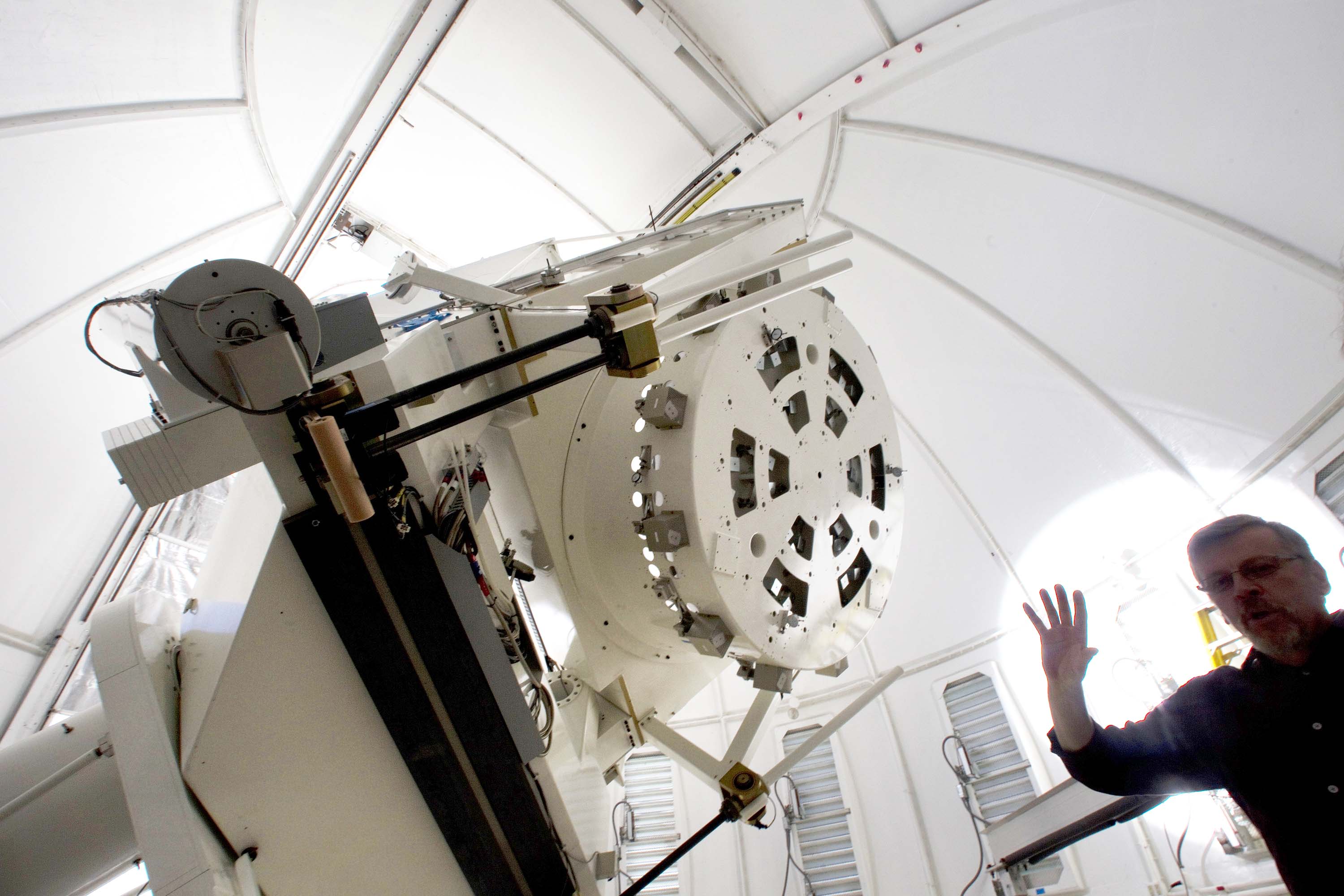
An eclipse of the moon is a world-wide event, which happens once every 18 months—that’s two eclipses every three years.
This astronomical event occurs when one celestial body partially or totally covers another celestial object. They start at one location and end at another. We are able to see two different types of eclipses from the Earth—eclipses of the sun and eclipses of the moon.
Eclipses of the sun are called solar eclipses. The date to view the next maximum solar eclipse is set to be March 20 at 5:45 a.m. The eclipse officially begins at 3:41a.m. and will end at 7:50 a.m., in our time zone. These corresponding local times are useful if you would like to view the eclipse via a live webcam. The eclipse will technically be over Svalbard, Norway and the Faroe Islands.
Eclipses of the moon are called lunar eclipses. The next total lunar eclipse is set to be observed on September 28. The eclipse will last roughly 3 hours, 20 minutes from beginning to end. However, the totality of the eclipse will only be visible for about 1 hour 12 minutes. The eastern part of the United States will have this view at approximately 8:13 p.m. This lunar eclipse will be visible for most of North America, South America, Europe, western Asia and parts of Africa.
This lunar eclipse will be the fourth of a tetrad—a series of four consecutive total lunar eclipses in 2014-2015. The term ‘blood moon’ has recently become popular when describing this series of total lunar eclipses. The next total lunar eclipse will not be until Jan. 31, 2018.
It is safe to say most of you have been told not to look directly into the sun. Our sun’s UV radiation can burn the retinas in our eyes, leading to permanent damage, or in some cases, blindness. Eye care is a big issue. For those who are curious to see the solar eclipse, the best viewing precaution is to either purchase or make your own pinhole projector, or eclipse glasses. You can also wear welder’s goggles or aluminized Mylar sheeting.
These astronomical events are a sight you do not want to miss. We can only hope that during the times and dates listed above, there will be good weather conditions so we can take a moment to gaze upon one of these natural cosmic rarities. Whether you decide to view them online at Space.com from the comfort of your home, or, using the proper eye safety care, attempt to be a live spectator to these events first-hand, the unusual nature of eclipses are a charming experience to observe.
Bethany Mason
Reporter

